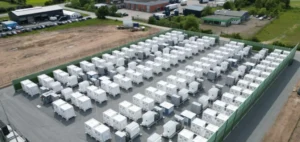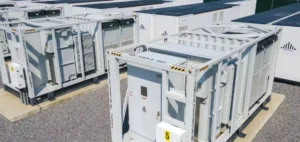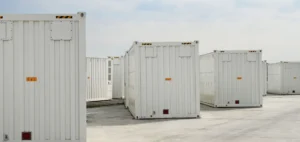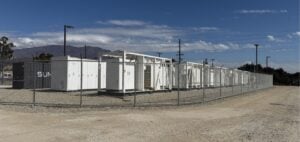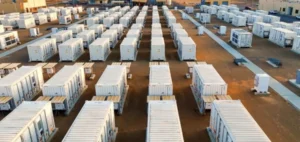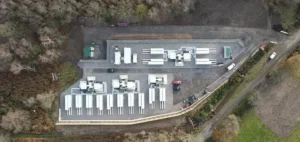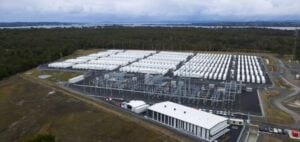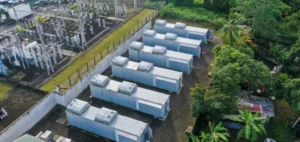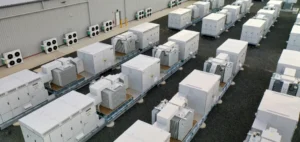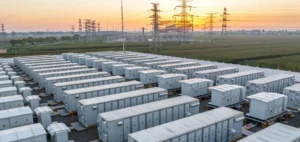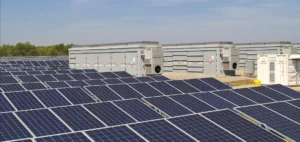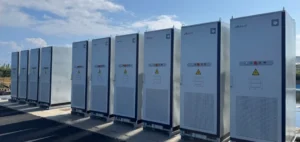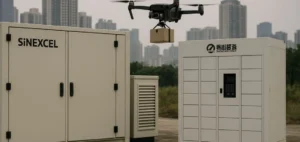IESO, Ontario’s Independent Electricity System Operator, is advocating for investment in battery storage. The aim is to secure a reliable and cost-effective energy supply for the region.
Increase storage
IESO, the Independent Electricity System Operator, is recommending significant investment in battery storage to the Ontario Ministry of Energy. The operator also recommends a focus on natural gas and other low-carbon energy sources. Eventually, the organization expects to produce 4000MW of electricity to power a city the size of Toronto.
This project would support economic growth in the region and electrification in the province. The operator recommends initially the acquisition of 2500MW of energy storage to ensure the flexibility of the network. Indeed, this measure would allow to accumulate energy in periods of low demand and provide electricity during peaks.
Most of this additional resource would be available by 2027. By that time Ontario will potentially have one of the largest battery storage fleets in North America. These investments will also need to include a biofuel supply and renewable energy mix coupled with storage.
Increase in demand
IESO will supply up to 1500MW of natural gas between 2025 and 2027 to address the risk of supply chain delays. This increase in natural gas volumes will benefit from certain adjustments and expansions of existing plants. In addition, Ontario’s electrical system has a capacity of approximately 38,000MW.
The province’s mix includes nuclear, hydro, natural gas, wind and solar. As such, it is the lowest-carbon electricity system in North America. Emissions related to the power grid account for only 3% of the region’s carbon footprint.
Electricity demand is expected to grow by 1.7% annually over the next 20 years. This increase in demand will result from economic growth and decarbonization. Finally, recommendations on the future role of natural gas will make up this year’s IESO Pathways to Decarbonization report.



